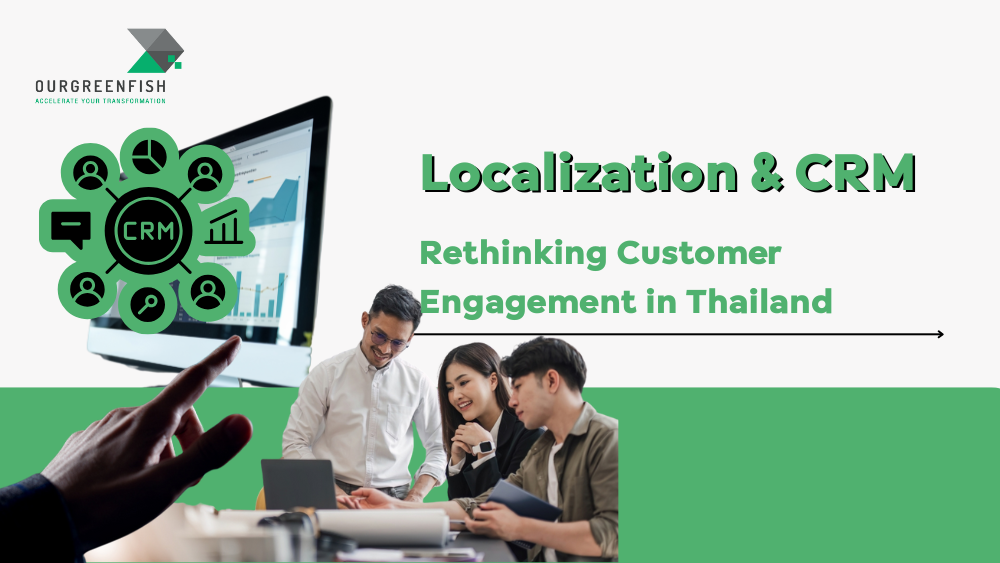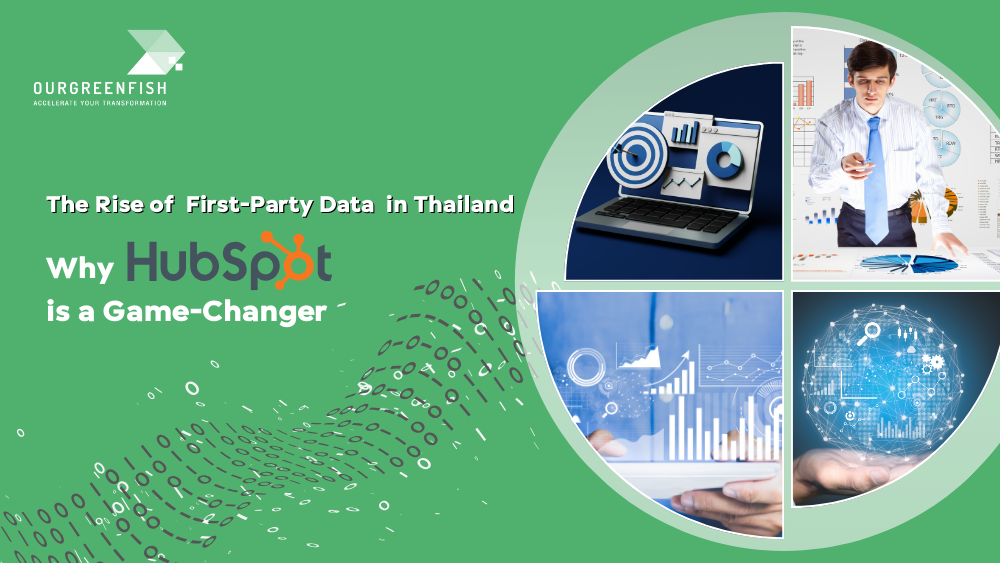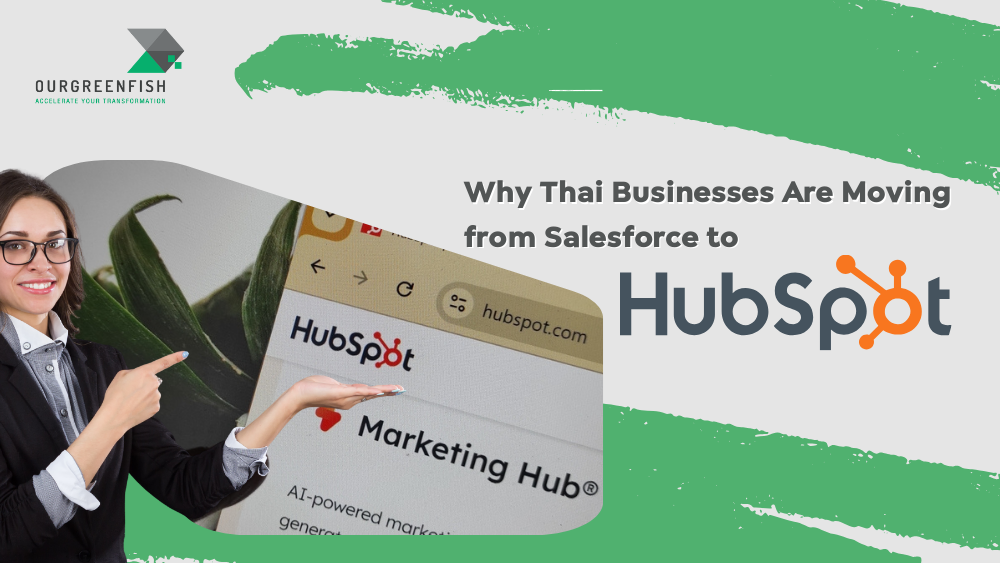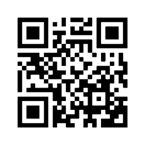In the age of AI-driven marketing and automation, CRM systems are often touted as the universal answer to customer engagement. But what works in the U.S. or Europe may fall flat in Southeast Asia—especially in Thailand, where communication preferences, cultural nuances, and platform behaviors diverge sharply from Western norms. This article explores how businesses can localize their CRM approach in Thailand, and why HubSpot’s flexibility in automation, segmentation, and omnichannel marketing makes it uniquely well-suited to the Thai market.
How Thai Consumer Behavior Differs from Western Markets
Thai consumers are digital-first but relationship-driven. Unlike their Western counterparts, who may value speed and minimal interaction, Thai customers often expect personalized communication, emotional resonance, and real-time interaction.
For instance:
-
Email open rates in Thailand are significantly lower than global averages—partly because email isn’t the preferred daily channel.
-
Social messaging apps like LINE dominate, with over 95% smartphone penetration and daily usage among all age groups
-
Trust is built more on familiarity and cultural cues (e.g. tone, politeness, visual design) than on brand promises alone.
These cultural patterns mean that global CRM strategies—especially those relying heavily on email nurturing—often underperform in the Thai market.
The Power of Localized Automation
One of HubSpot’s key advantages in Thailand is its customizable workflow engine. Rather than pushing global templates, businesses can localize:
-
Timing and channel of communication: Using LINE messaging instead of email; scheduling communications around Thai public holidays or cultural festivals.
-
Language and tone: HubSpot allows dynamic content in Thai with segmentation by language preferences.
-
Behavioral triggers: Workflows can be tailored around local buying patterns, such as sending reminders around paydays or during major sales festivals (e.g. 9.9, 11.11).
This ability to build cultural context into automation is critical. Thai consumers respond to relevance and timeliness—not generic follow-up sequences.

LINE vs. Email Marketing in Thailand
LINE isn’t just a chat app in Thailand—it’s a business ecosystem. From payments to e-commerce to customer service, it’s where real conversations and conversions happen.
HubSpot’s native integration with LINE OA enables businesses to:
-
Collect and store first-party data from LINE interactions
-
Trigger automations when users interact with LINE messages
-
Segment leads based on in-app behavior and profile data
Meanwhile, email marketing campaigns in Thailand face:
-
Open rates below 15% for cold audiences
-
Lower trust levels in commercial email
-
Delivery issues due to aggressive spam filters in Thai ISPs
By combining LINE with email, HubSpot empowers brands to run true omnichannel CRM strategies that align with Thai user habits.
Hyper-Localized Experiences with Dynamic Content & AI Segmentation
HubSpot’s strength lies in combining dynamic content blocks with AI-powered segmentation. This is particularly useful in Thailand, where subtle cultural differences (e.g., tone of voice, use of imagery, regional dialects) can greatly influence response rates.
Examples of hyper-local CRM applications in HubSpot:
-
Serving different content to Bangkok vs. Chiang Mai users based on regional preferences.
-
Using AI to group leads by lifestyle indicators (e.g., mobile-first, luxury-seeking, discount-driven).
-
Personalizing loyalty campaigns based on LINE chat history and product category interests.
Rather than rely on static lists, marketers in Thailand are building adaptive experiences that shift based on real-time customer data.
Case Studies: HubSpot Localization in Action
1. Korean Skincare Brand Expanding in Thailand
Facing low open rates via email, the brand implemented LINE-integrated workflows with localized language and incentives. HubSpot tracked interactions across website, chat, and store visits—resulting in a 5x increase in re-engagement from inactive leads.
2. Australian EdTech Firm in Bangkok
HubSpot's CRM was localized with Thai-language onboarding flows and chatbot integration. Using dynamic content, the firm delivered different learning program offers based on student location, age, and behavior, increasing lead-to-enrollment conversions by 38%.
3. Japanese Retail Chain Launching in Thailand
Instead of email, LINE and SMS were used as the main communication channels. HubSpot’s mobile-friendly forms and behavioral segmentation helped them build a contact database that was 92% opt-in within six weeks.
CRM success in Thailand isn’t about force-fitting global playbooks. It’s about listening to local behaviors, respecting cultural nuances, and building systems that adapt.
HubSpot’s versatility in automation, omnichannel integration, and personalization makes it an invaluable tool for foreign brands that want to win in Thailand—not just reach.
By rethinking CRM through a localization lens, marketers can turn data into relationships and interactions into loyalty.
References
- Thailand’s MarTech Report. (2025). Final MarTech Report 2025. Retrieved from [contentshifu.com]
- LINE Business Thailand. (2024). LINE Usage Statistics & Brand Engagement Benchmarks
Read more articles :
What is CRM? How is it useful for business? (การทำ CRM คือ อะไร มีประโยชน์อย่างไรในการทำธุรกิจ)
Contact us
Tel : +66 2-0268918
E-mail : contact@ourgreen.co.th
Website : ourgreenfish.com

.webp?width=158&height=85&name=New-logo-Ourgreen%20(1).webp)









.png?width=300&name=Enabler%20Commerce%20(2).png)







No Comments